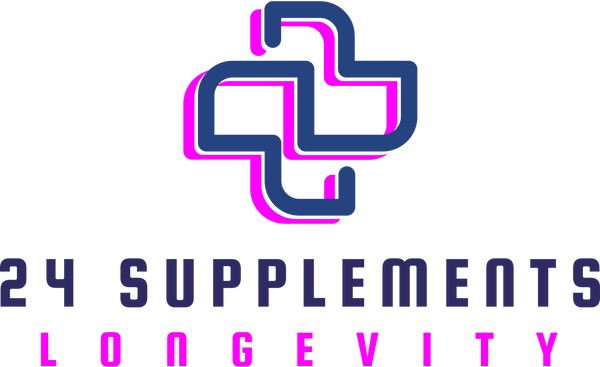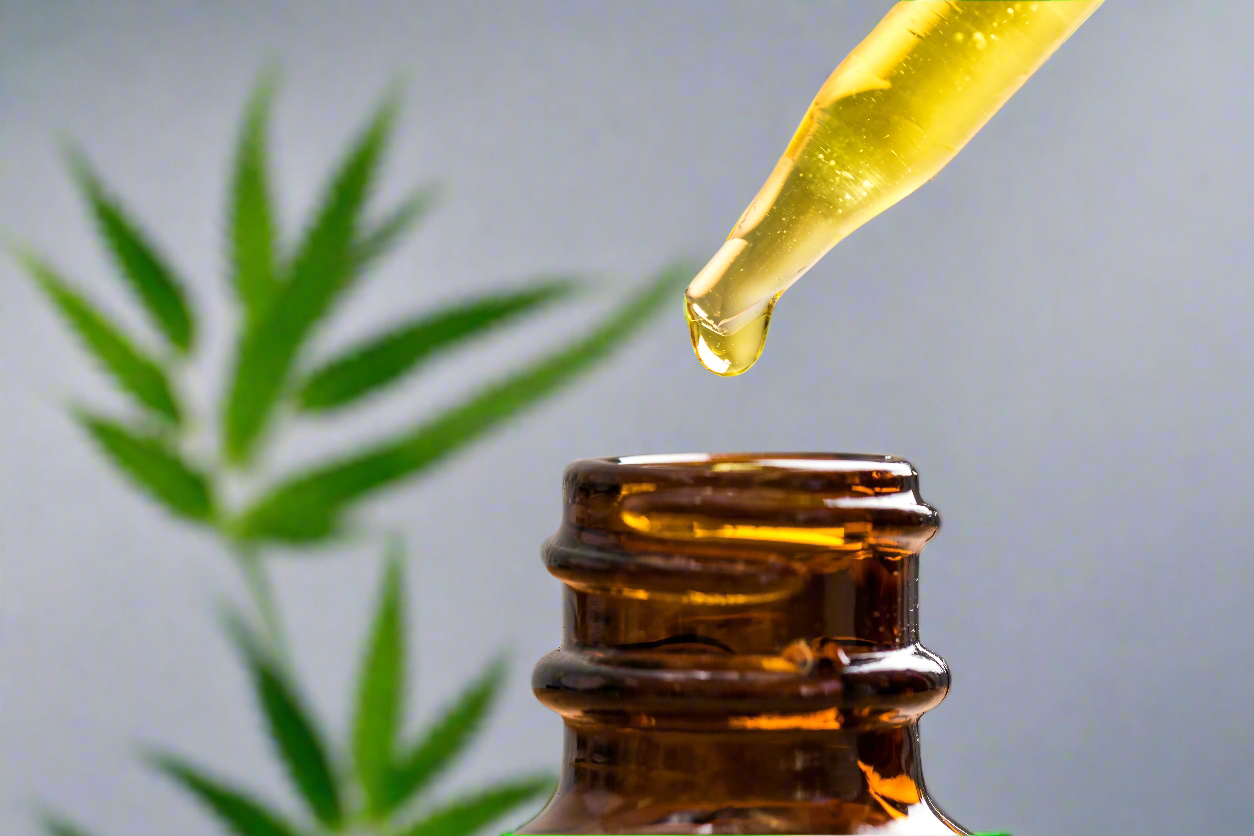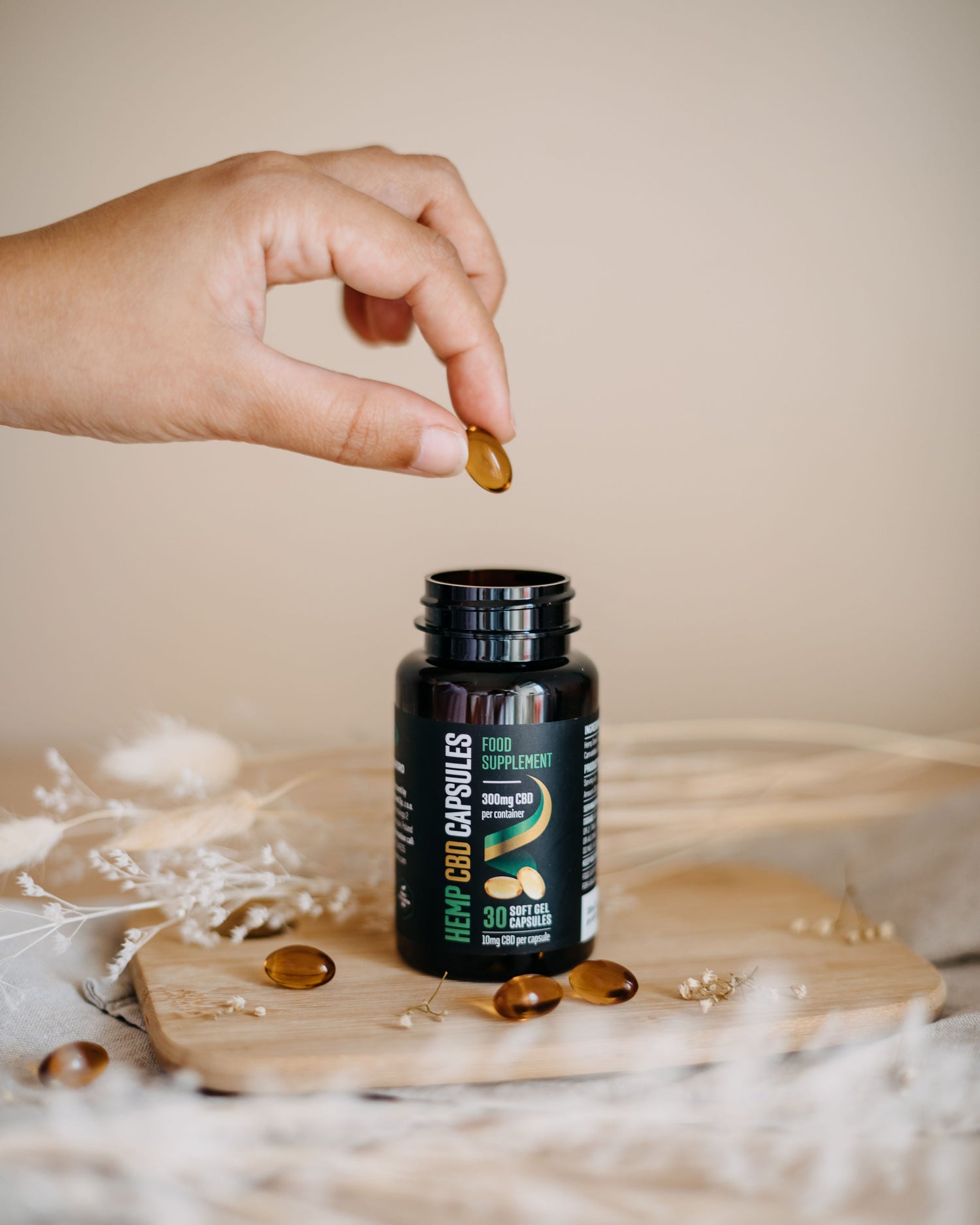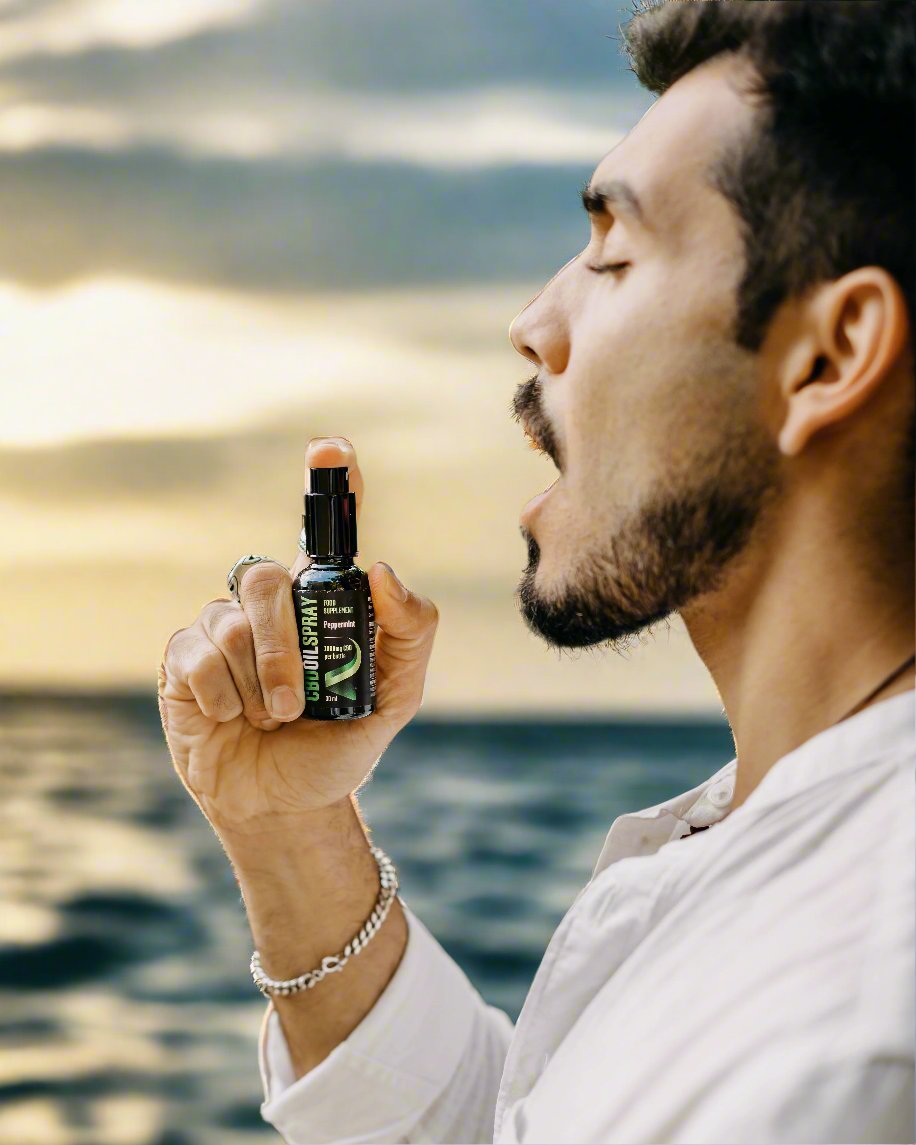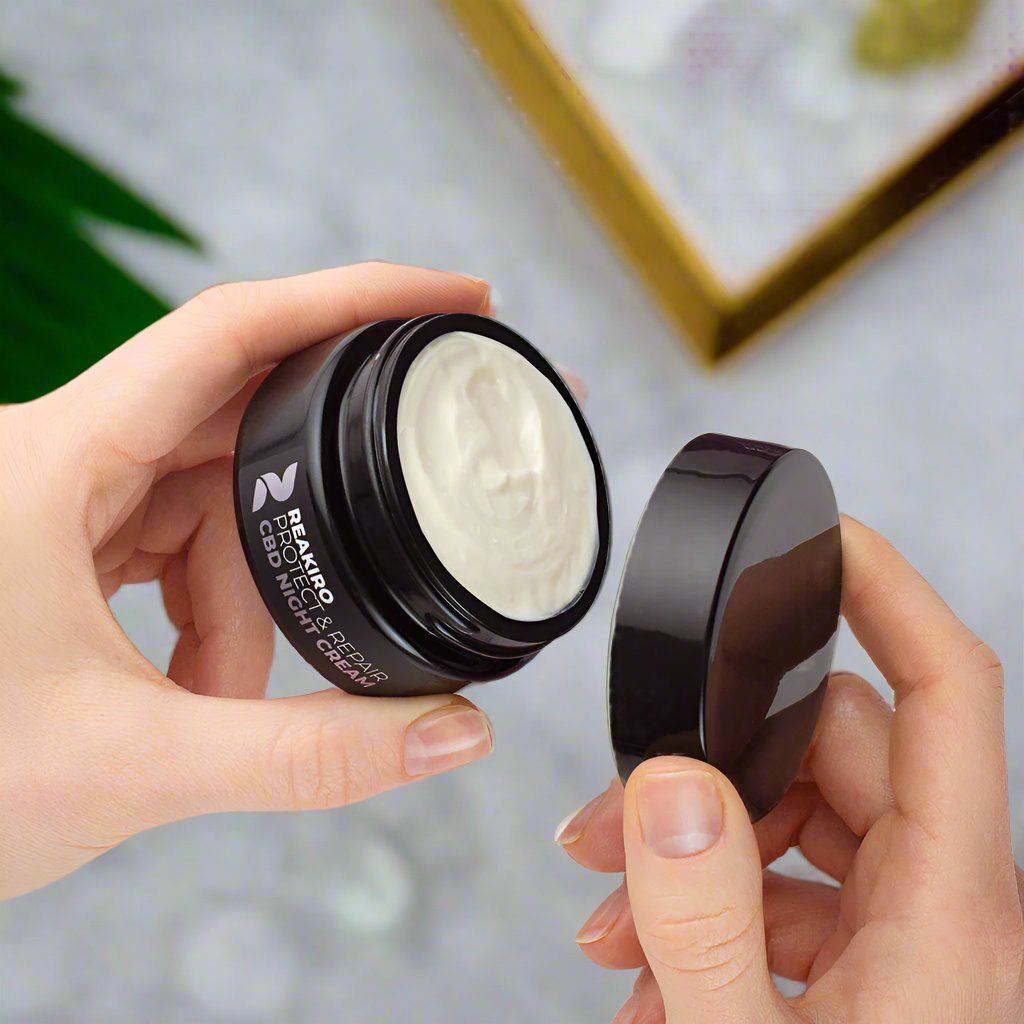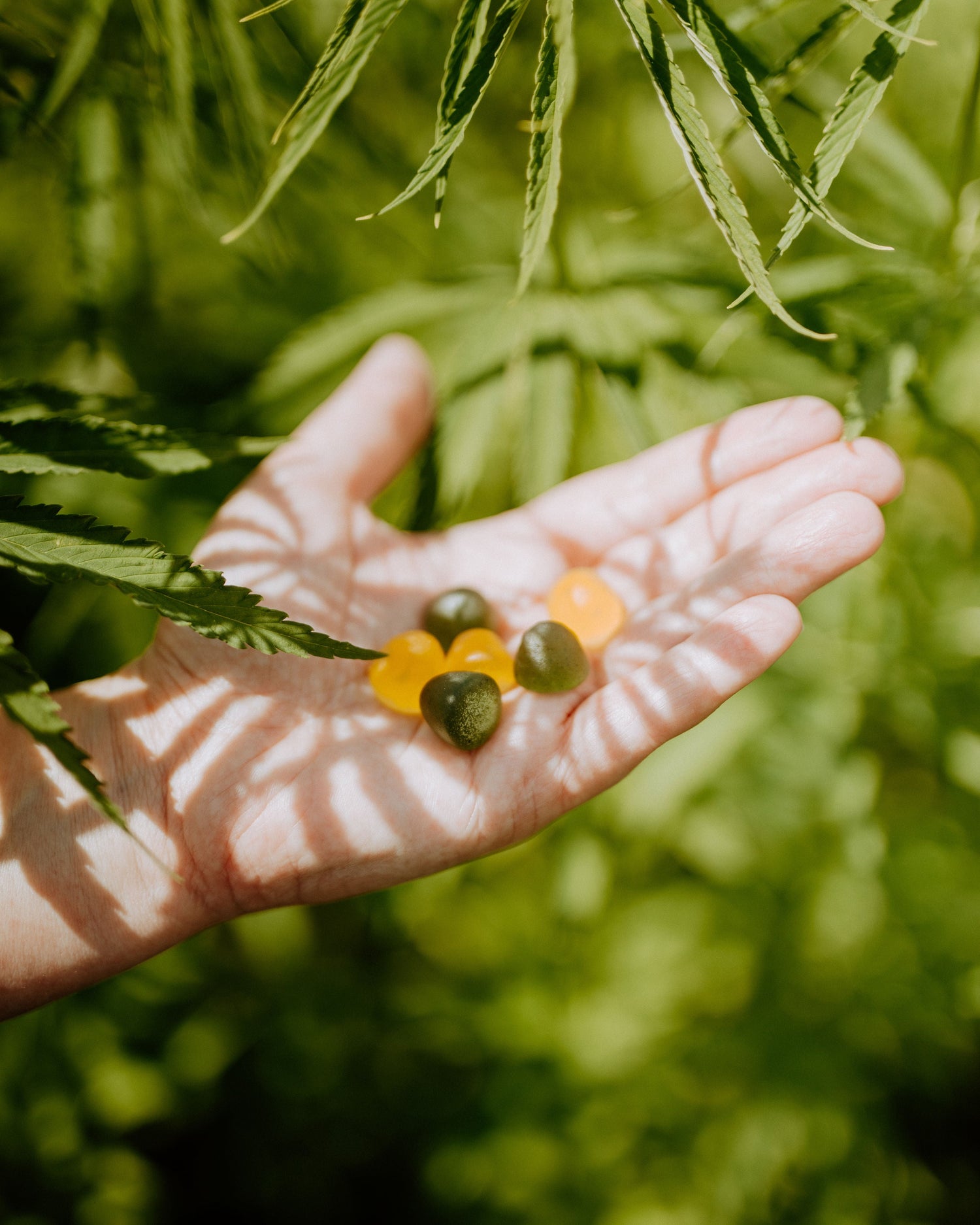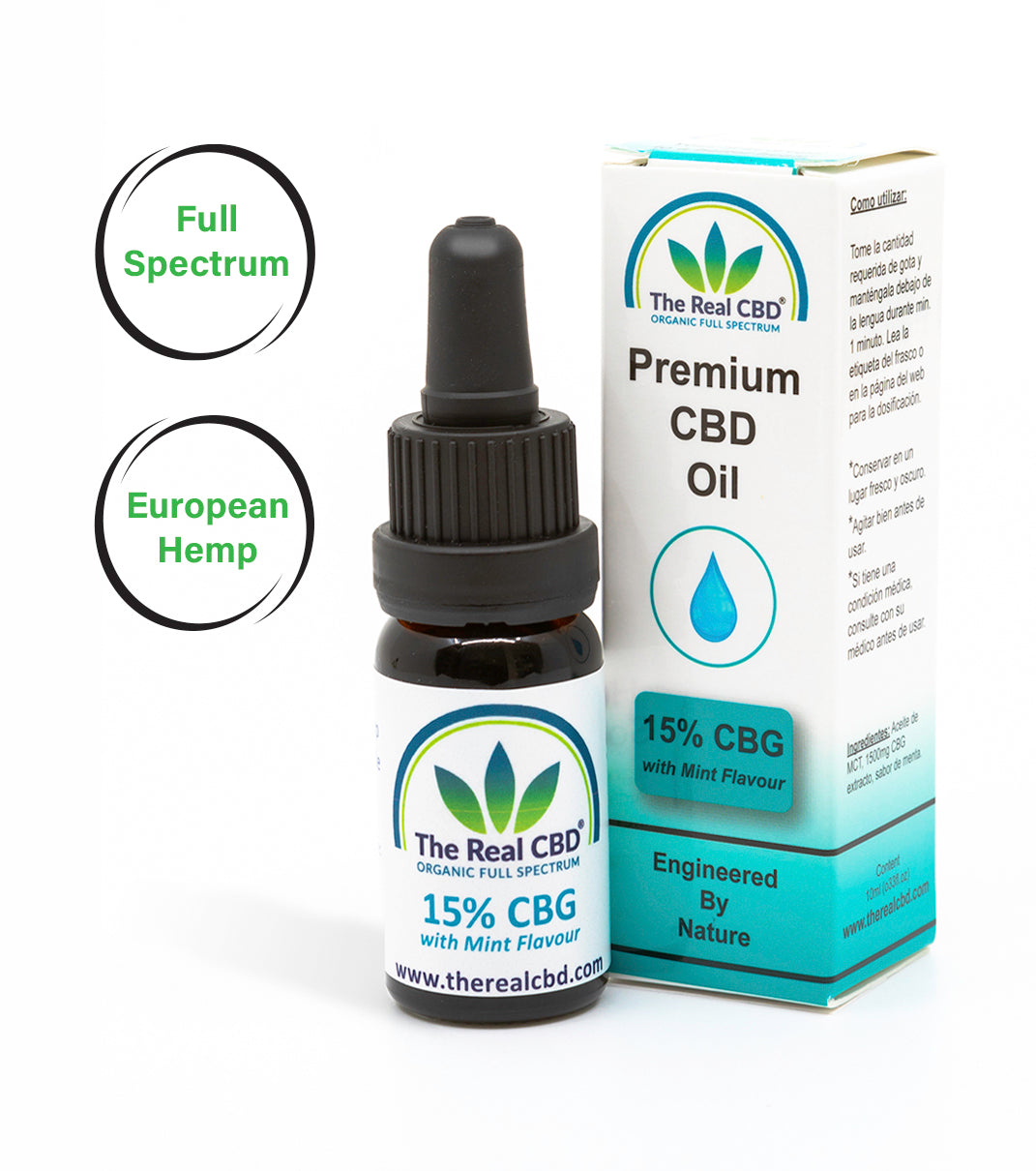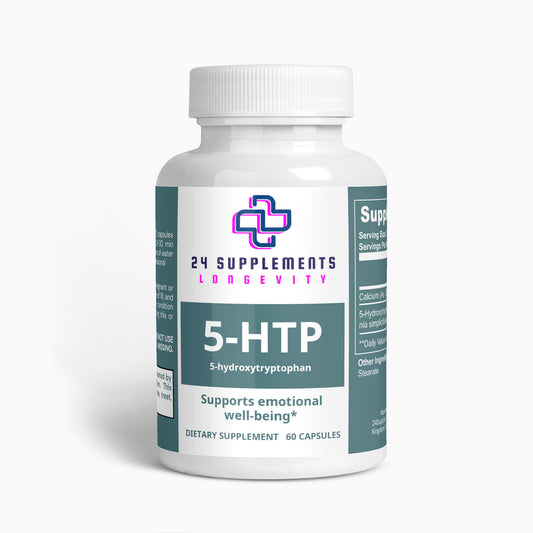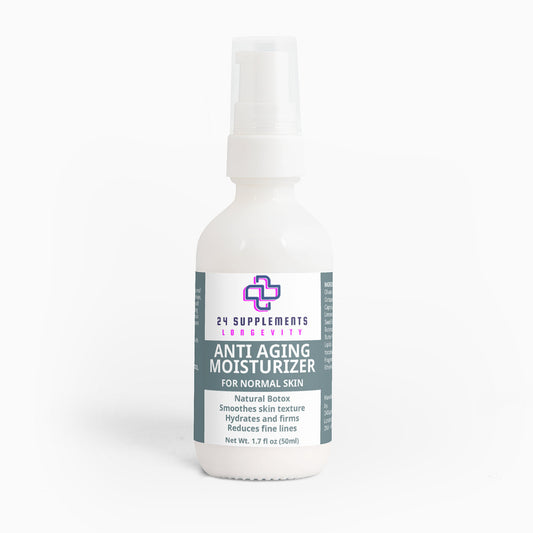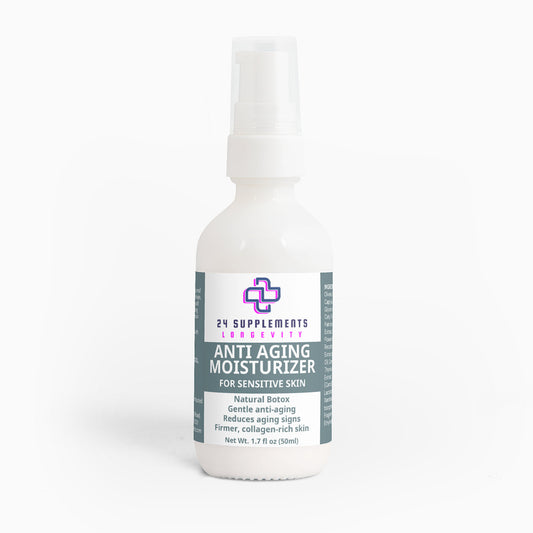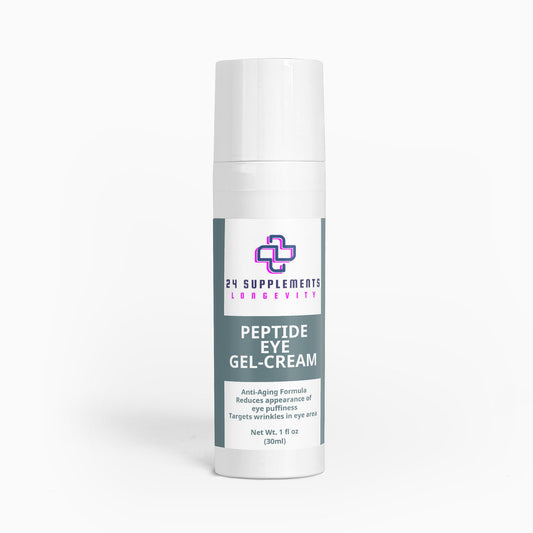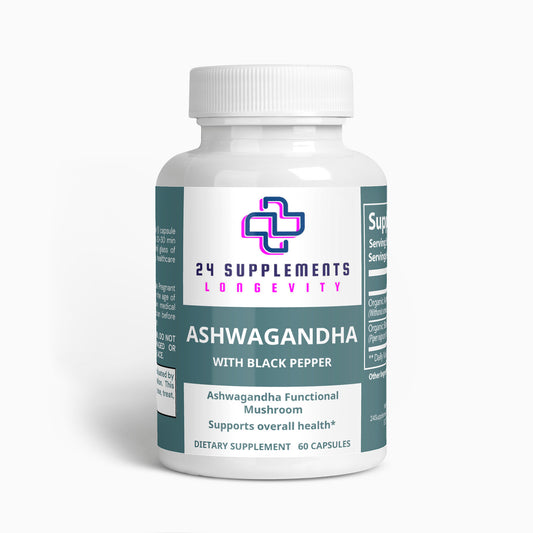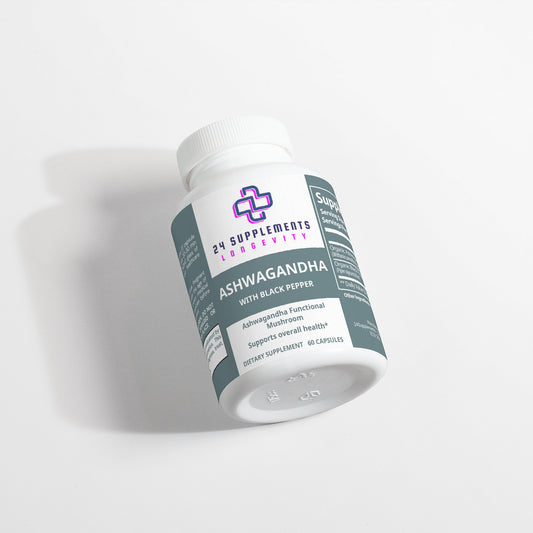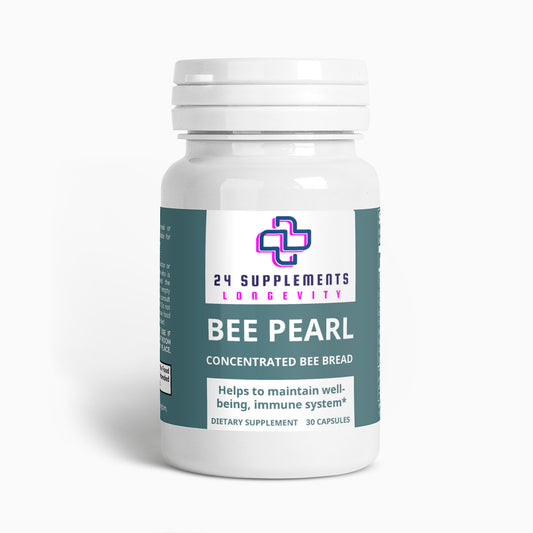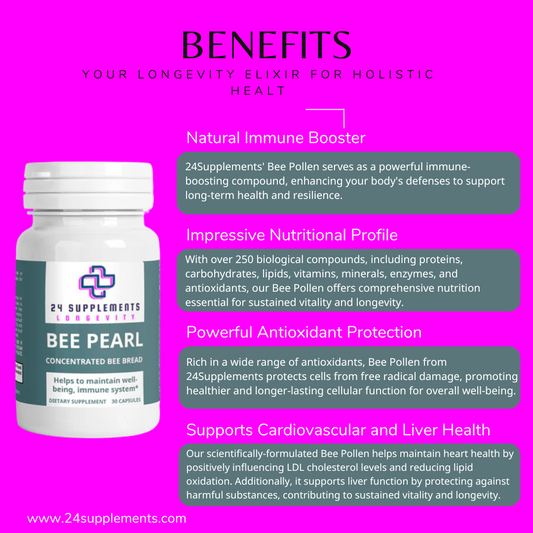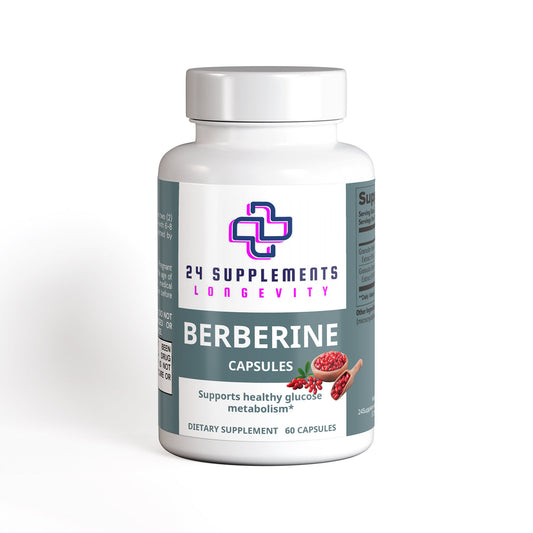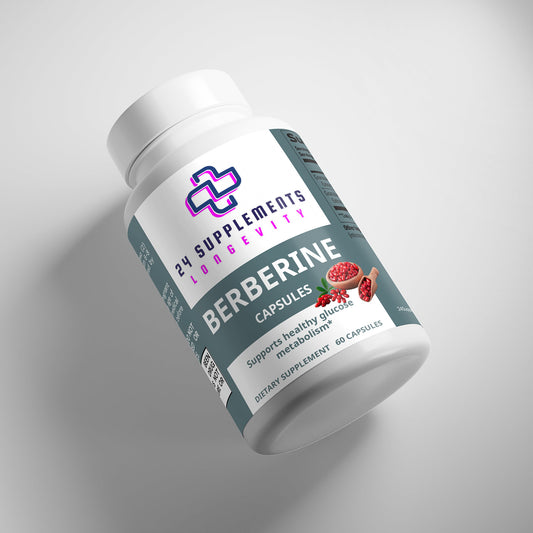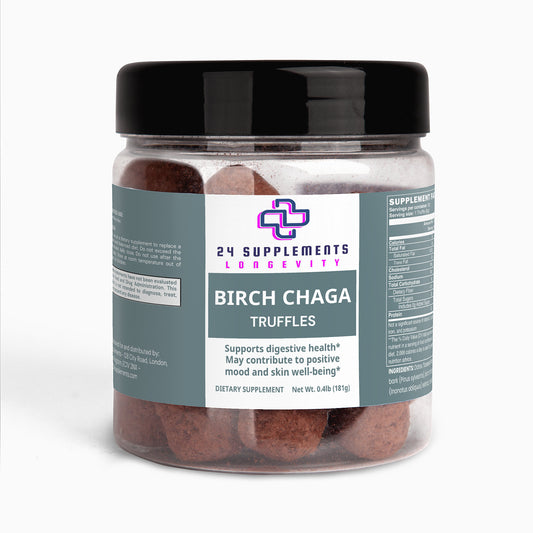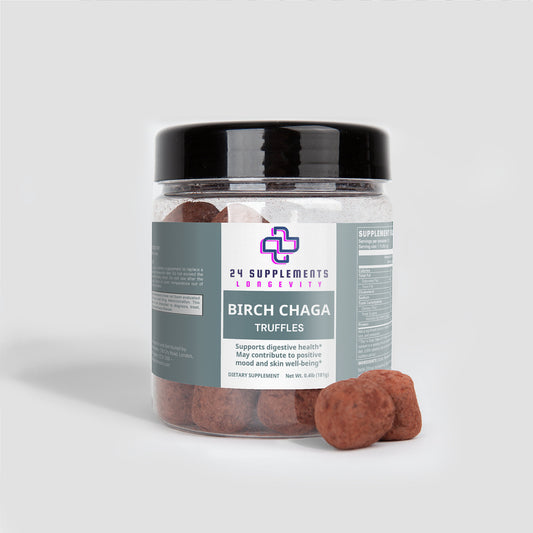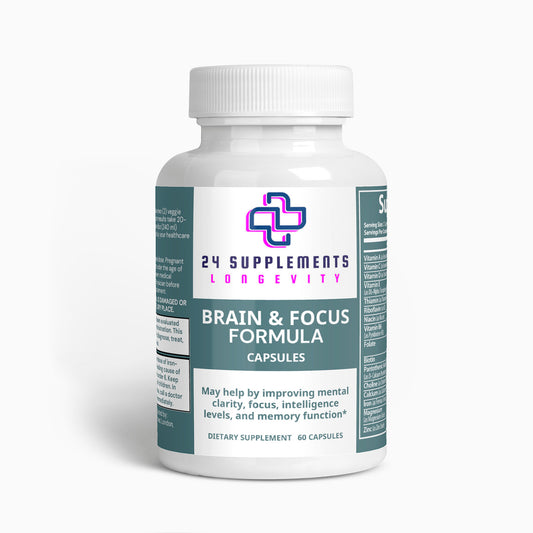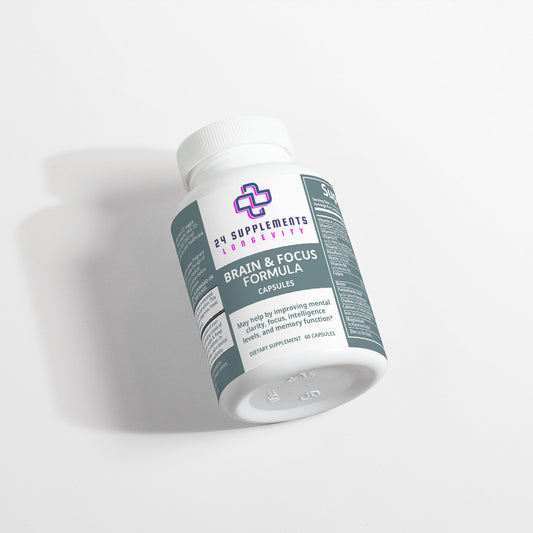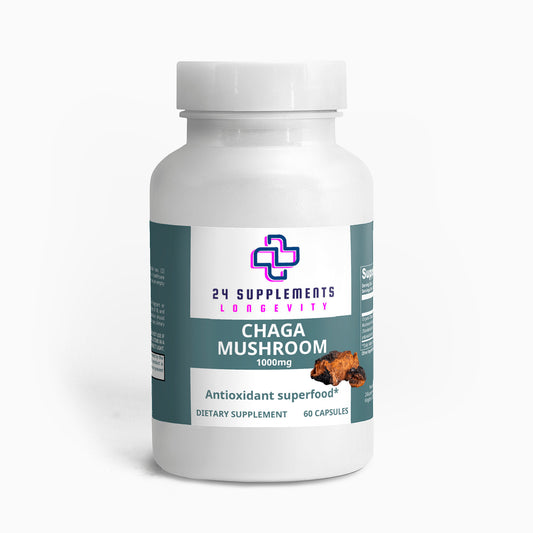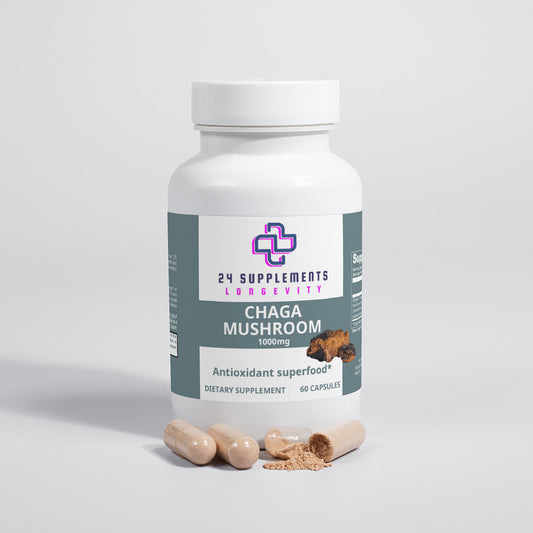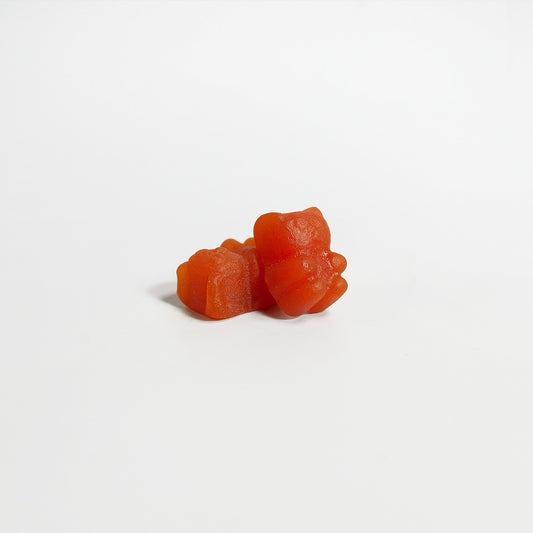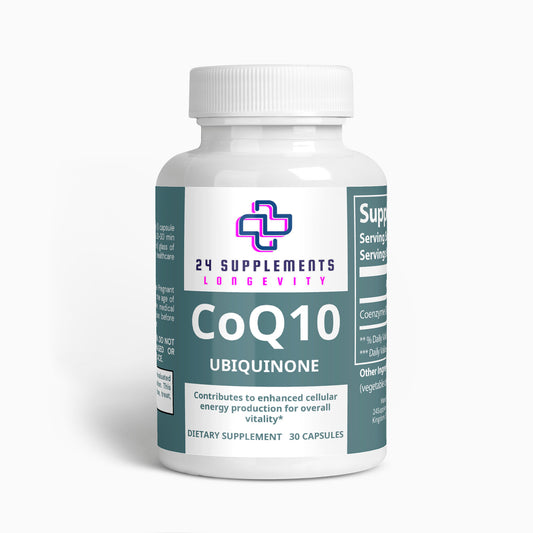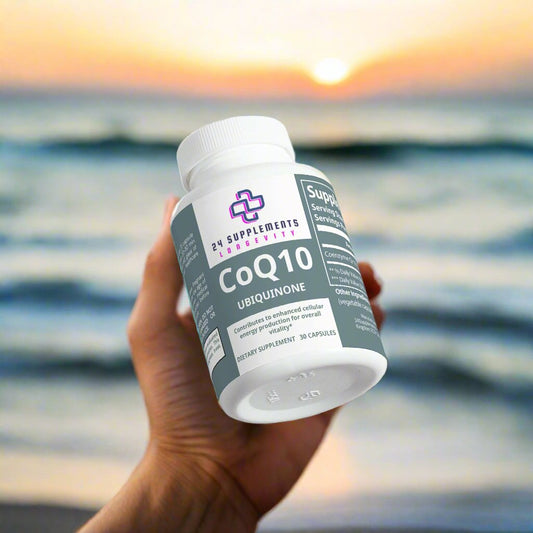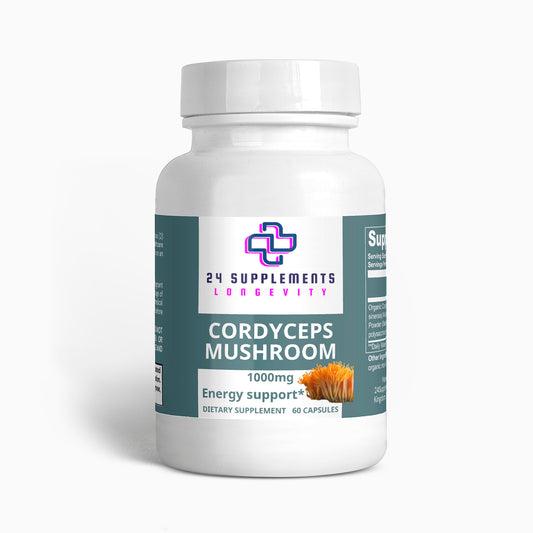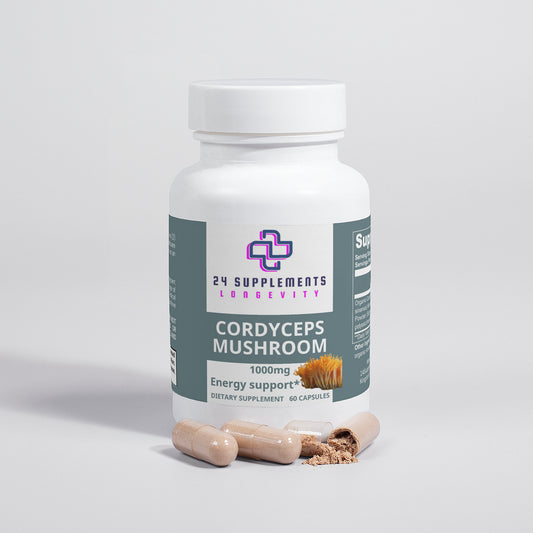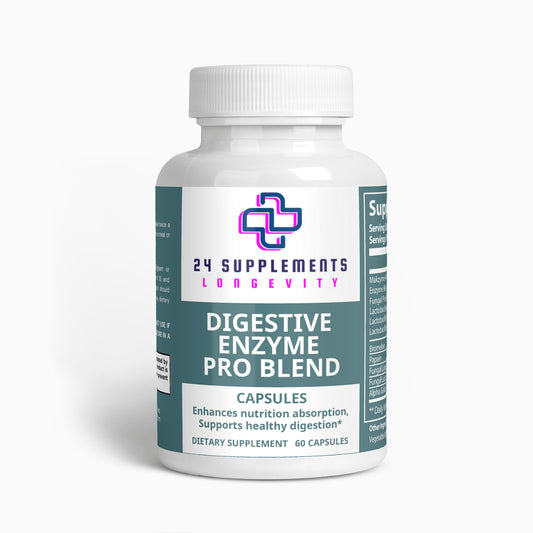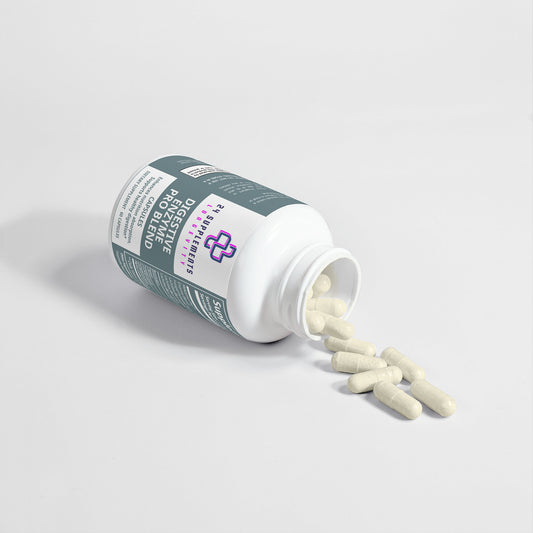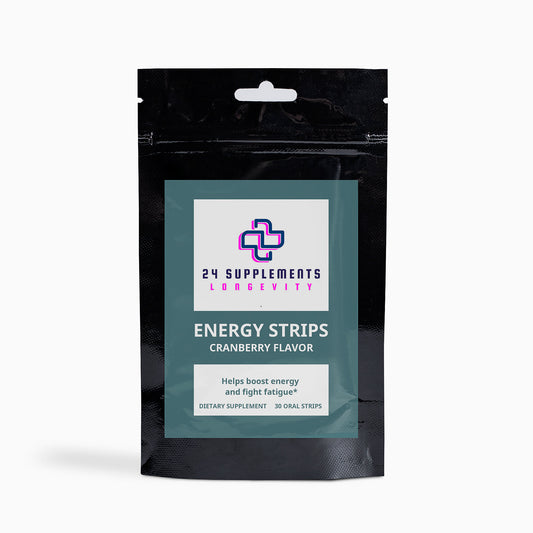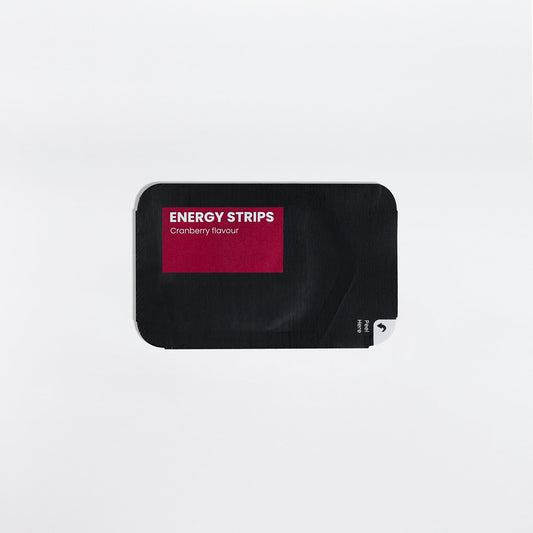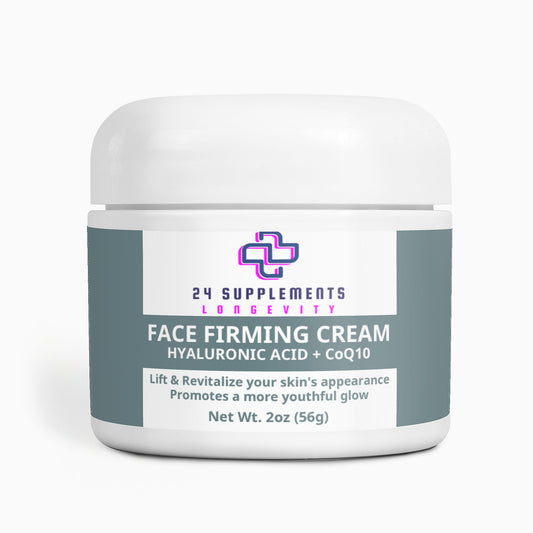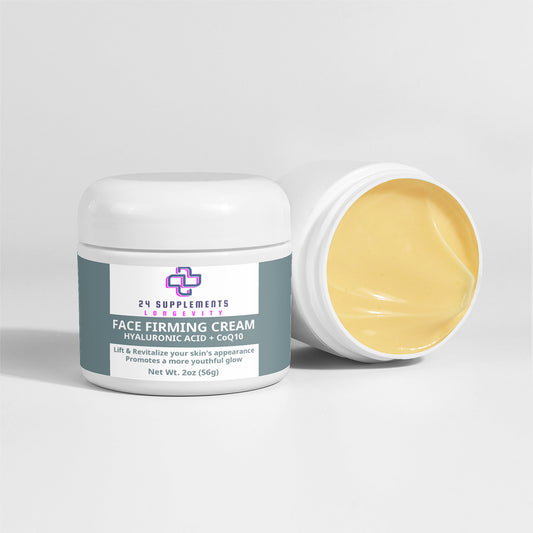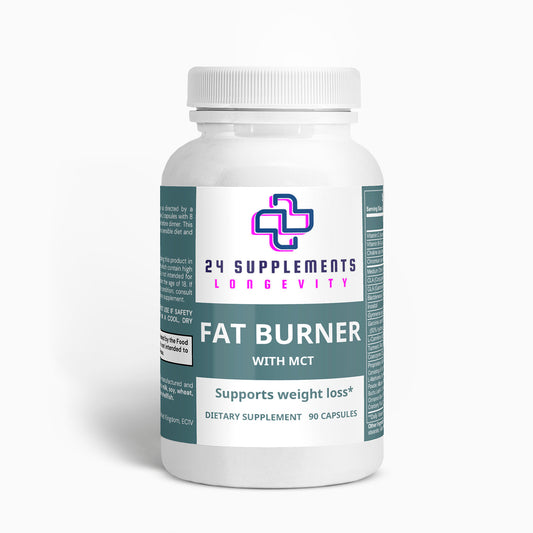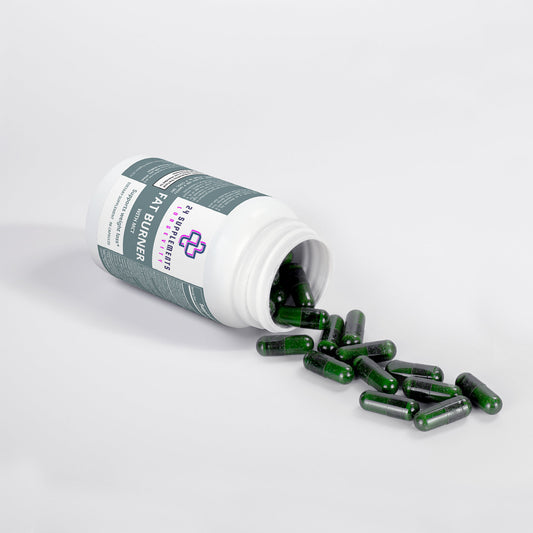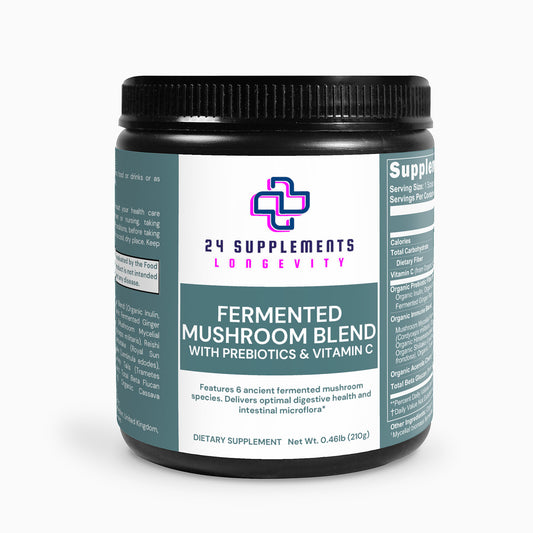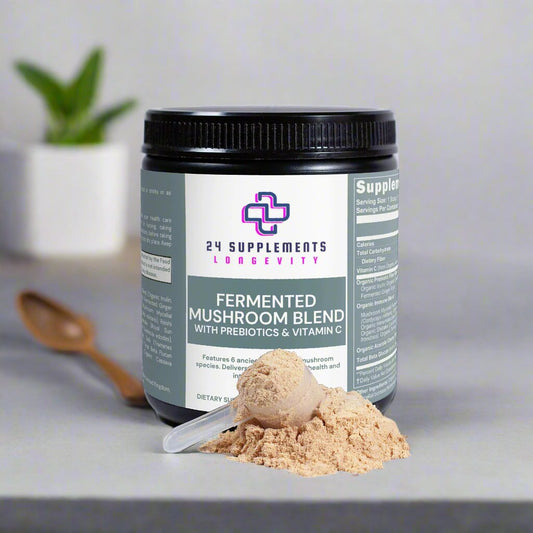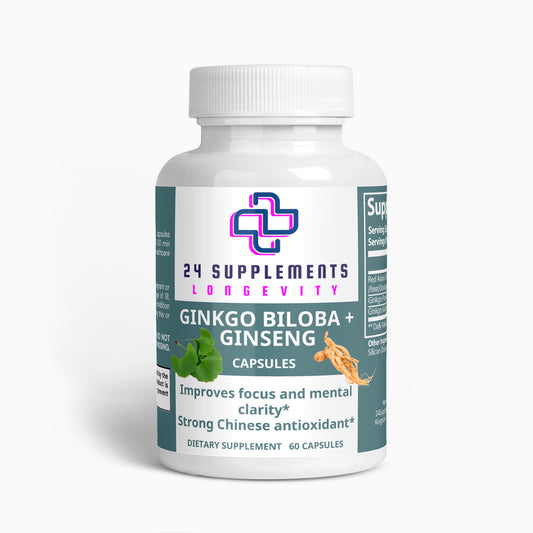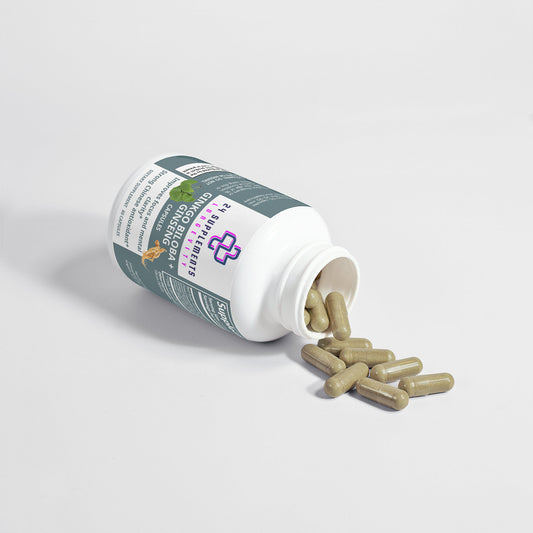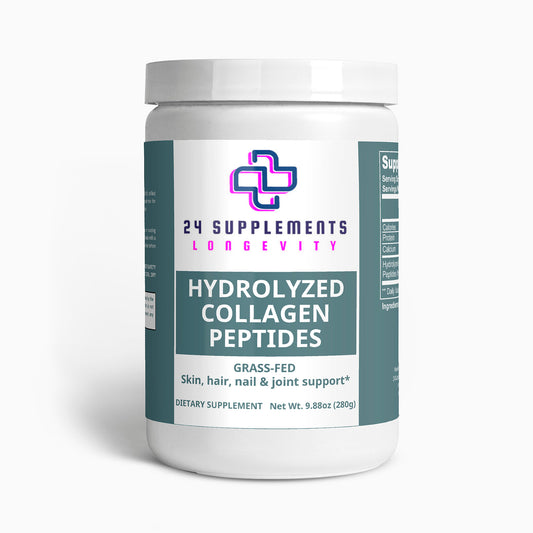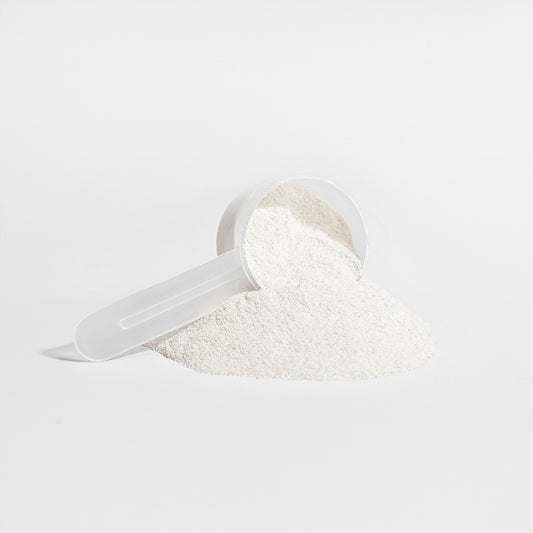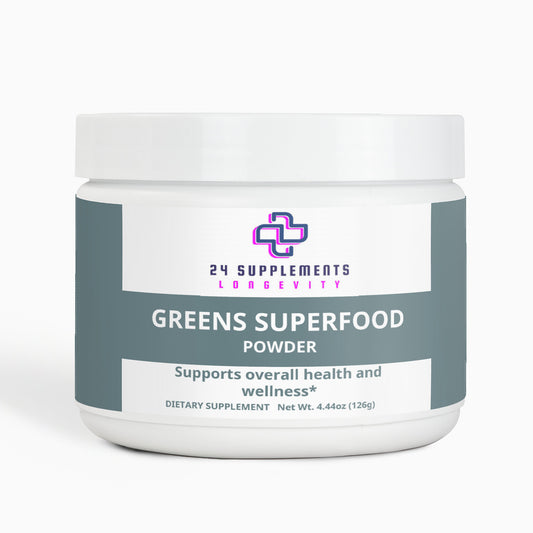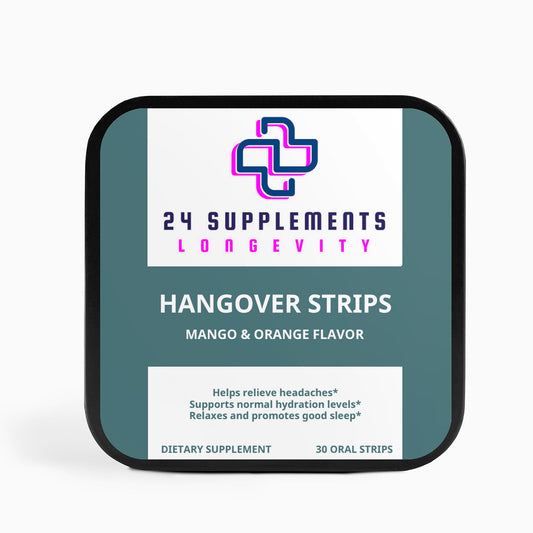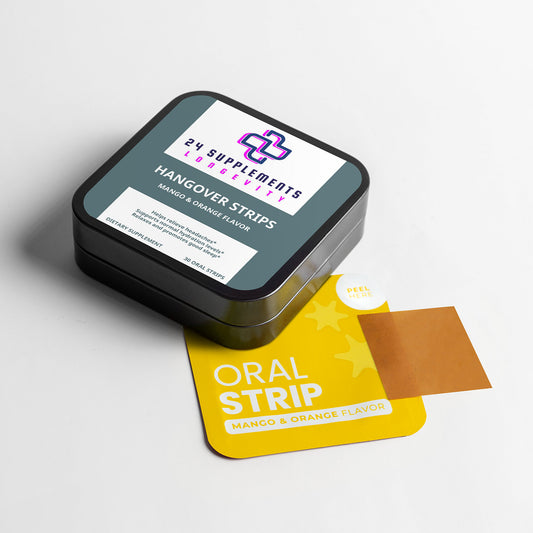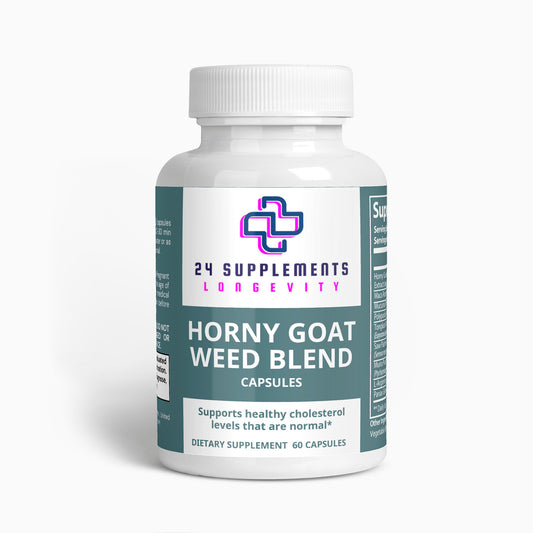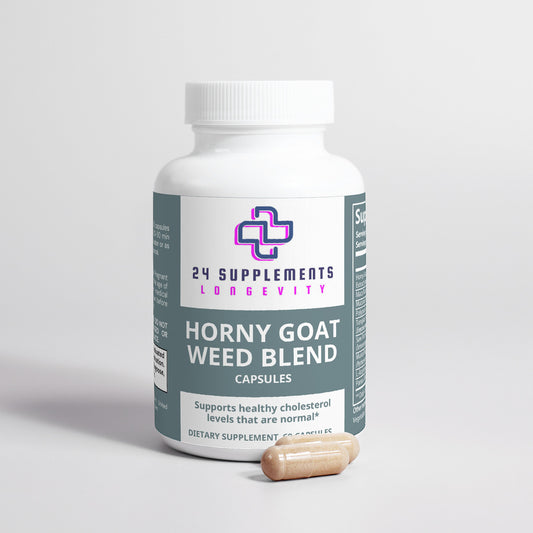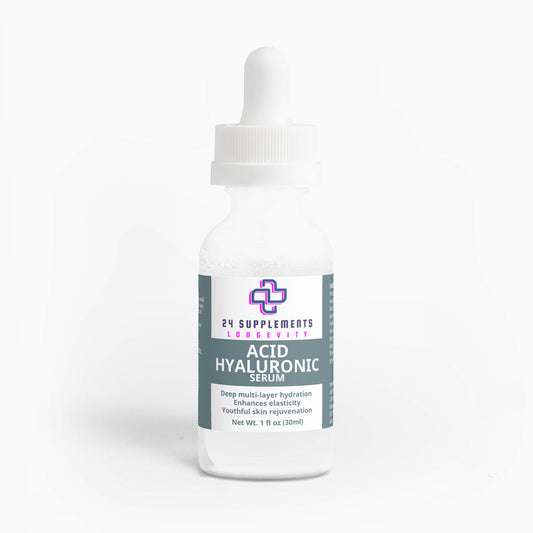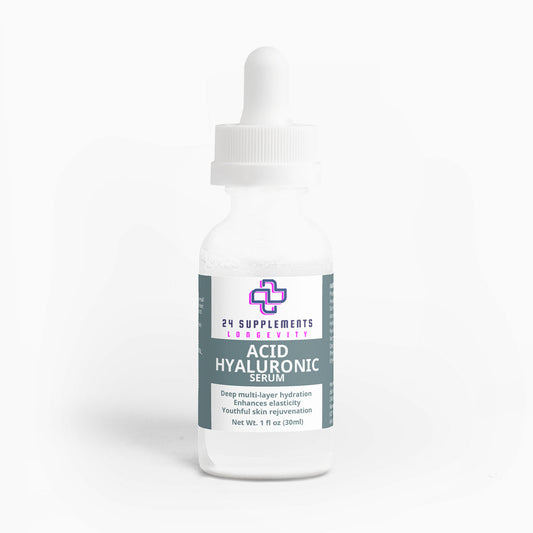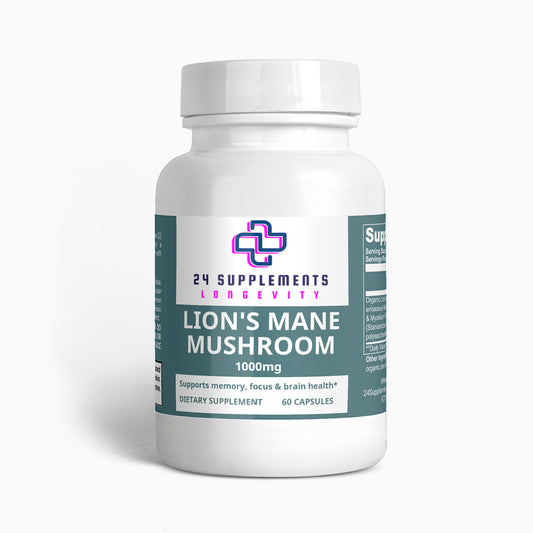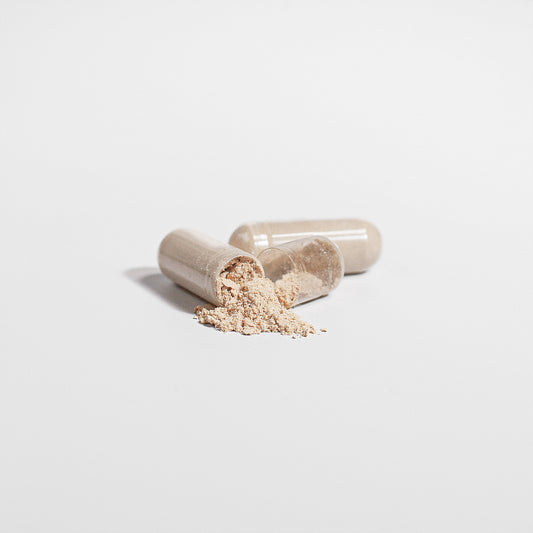
Dosage and Administration of CBD for Nerve Pain
Share
Introduction
Managing nerve pain effectively can be challenging, and many individuals are turning to cannabidiol (CBD) as a potential solution. CBD, a non-psychoactive compound derived from the cannabis plant, has shown promise in alleviating various forms of pain, including neuropathic pain. However, determining the appropriate dosage and method of administration is crucial for achieving optimal results. This article provides a comprehensive guide on how to effectively use CBD for nerve pain relief, including factors influencing dosage, various administration methods, and safety considerations.
Factors Affecting CBD Dosage
Finding the right CBD dosage for nerve pain relief is a personalized process influenced by several factors. Understanding these factors can help individuals tailor their CBD use to their specific needs and achieve better outcomes.
-
Body Weight and Metabolism
-
Body Weight: Generally, individuals with higher body weight may require larger doses of CBD to experience therapeutic effects, while those with lower body weight may need less. A common starting point is 1-6 mg of CBD per 10 pounds of body weight, adjusting as needed based on response.
-
Metabolism: Metabolic rate affects how quickly CBD is processed and eliminated from the body. People with faster metabolisms may require higher or more frequent doses, while those with slower metabolisms may find lower doses sufficient.
-
-
Severity and Type of Nerve Pain
-
Intensity of Pain: The severity of nerve pain plays a significant role in determining the appropriate CBD dosage. Mild pain may be managed with lower doses, whereas severe or chronic pain conditions might necessitate higher doses for effective relief.
-
Underlying Conditions: Specific conditions causing neuropathic pain, such as diabetic neuropathy, multiple sclerosis, or chemotherapy-induced neuropathy, may respond differently to CBD. Tailoring the dosage to the particular condition and symptoms is essential.
-
-
Tolerance and Experience with CBD
-
Previous Usage: Individuals new to CBD should start with lower doses to assess tolerance and response, gradually increasing as needed. Experienced users may have developed a tolerance and might require higher doses to achieve the same effects.
-
Individual Sensitivity: Some people are more sensitive to CBD and may experience significant relief with minimal doses, while others may need higher amounts. Monitoring personal response is key to finding the optimal dosage.
-
-
Form and Concentration of CBD Product
-
Product Type: CBD is available in various forms, including oils, capsules, edibles, topicals, and vape products. Each form has different absorption rates and bioavailability, influencing effective dosage.
-
CBD Concentration: Products vary in CBD concentration, so understanding the amount of CBD per serving is crucial for accurate dosing. Always check product labels for concentration details to ensure proper dosage calculation.
-
-
Desired Effects and Goals
-
Relief vs. Prevention: Some individuals may use CBD for immediate pain relief, requiring higher doses, while others may use it for preventative measures or general wellness, where lower, consistent doses may suffice.
-
Duration of Effect: The desired duration of relief influences dosage and administration method. For prolonged effects, certain forms like edibles or capsules may be preferable despite their slower onset.
-
Starting Low and Going Slow
The "start low and go slow" approach is widely recommended when beginning CBD therapy for nerve pain. This method helps individuals find their optimal dosage while minimizing potential side effects.
-
Initial Dosing Recommendations
-
Starting Point: Begin with a low dose, typically between 5-10 mg of CBD per day. Observe how your body responds over several days before making any adjustments.
-
Gradual Increase: If minimal or no relief is experienced, incrementally increase the dose by 5 mg every 3-7 days until the desired effect is achieved.
-
-
Monitoring and Adjusting Dosage
-
Symptom Tracking: Keep a journal noting dosage amounts, timing, pain levels, and any side effects. This tracking helps identify the most effective dose and timing for your needs.
-
Patient Patience: Understand that finding the optimal dosage may take time and requires patience. Rushing the process can increase the risk of adverse effects.
-
-
Consulting Healthcare Professionals
-
Medical Guidance: Consult with a healthcare provider knowledgeable about CBD use, especially if you have existing health conditions or are taking other medications.
-
Personalized Plan: A medical professional can help create a tailored dosing plan based on your specific health profile and pain management needs.
-
Different Methods of Administration
Selecting the appropriate method of CBD administration is crucial for effective nerve pain management. Each method offers distinct advantages and considerations regarding onset time, duration, and targeting of symptoms.
-
Sublingual Administration (Oils and Tinctures)
-
Overview: CBD oils and tinctures are administered by placing drops under the tongue, allowing for absorption through the mucous membranes directly into the bloodstream.
-
Advantages:
-
Rapid Onset: Effects typically begin within 15-45 minutes.
-
Dosage Control: Easy to adjust dosage by modifying the number of drops taken.
-
Convenience: Discreet and straightforward to use.
-
-
Usage Tips:
-
Proper Technique: Hold the oil under the tongue for at least 60 seconds before swallowing to maximize absorption.
-
Flavor Considerations: Natural CBD oils may have an earthy taste; flavored options are available for better palatability.
-
-
-
Oral Ingestion (Capsules and Edibles)
-
Overview: CBD capsules and edibles are consumed orally, passing through the digestive system before entering the bloodstream.
-
Advantages:
-
Long-Lasting Effects: Relief can last 4-6 hours or more.
-
Ease of Use: Pre-measured doses provide consistency and convenience.
-
Discreet Consumption: Easy to incorporate into daily routines without drawing attention.
-
-
Considerations:
-
Delayed Onset: Effects may take 30 minutes to 2 hours to manifest due to digestion and metabolism processes.
-
Bioavailability: Lower bioavailability compared to other methods; higher doses may be needed to achieve desired effects.
-
-
-
Topical Application (Creams, Lotions, and Balms)
-
Overview: CBD topicals are applied directly to the skin over painful areas, providing localized relief.
-
Advantages:
-
Targeted Relief: Ideal for specific areas affected by nerve pain.
-
Non-Systemic Effects: Minimal absorption into the bloodstream reduces the risk of systemic side effects.
-
Additional Benefits: Often formulated with other beneficial ingredients like menthol or essential oils for enhanced relief.
-
-
Usage Tips:
-
Application Frequency: Can be applied multiple times a day as needed.
-
Skin Absorption: Massaging the product into the skin can improve absorption and effectiveness.
-
-
-
Inhalation (Vaping and Smoking)
-
Overview: Inhaling CBD through vaping or smoking delivers it directly to the lungs, allowing for quick absorption into the bloodstream.
-
Advantages:
-
Rapid Onset: Effects are felt almost immediately, making it suitable for acute pain relief.
-
High Bioavailability: Efficient absorption means lower doses may be needed.
-
-
Considerations:
-
Health Risks: Potential respiratory risks associated with vaping or smoking.
-
Duration of Effects: Effects may be shorter-lived compared to other methods.
-
-
Safety Precautions:
-
Quality Products: Use high-quality, reputable CBD vape products to minimize health risks.
-
Avoid Additives: Choose products free from harmful additives like vitamin E acetate.
-
-
-
Transdermal Patches
-
Overview: CBD-infused patches applied to the skin deliver CBD steadily over an extended period.
-
Advantages:
-
Sustained Release: Provides consistent CBD delivery over several hours or days.
-
Convenience: Low-maintenance and discreet.
-
-
Usage Tips:
-
Proper Placement: Apply to areas with minimal hair and movement for optimal adherence and absorption.
-
Monitoring: Observe skin for any irritation or allergic reactions.
-
-
Monitoring Effects and Adjusting Dosage
Effective CBD therapy requires ongoing monitoring and adjustment to ensure optimal pain relief and minimal side effects.
-
Tracking Symptom Relief
-
Pain Scales: Use standardized pain scales to objectively assess changes in pain levels over time.
-
Daily Logs: Record daily experiences, noting times of administration, dosages, and relief duration.
-
-
Identifying Optimal Dosage
-
Incremental Adjustments: Gradually increase or decrease dosage based on observed effectiveness and tolerability.
-
Plateau Recognition: Once increased dosages no longer result in additional relief, identify this as the optimal dose.
-
-
Addressing Side Effects
-
Common Side Effects: May include drowsiness, dry mouth, or changes in appetite. If side effects occur, consider reducing the dosage.
-
Medical Consultation: Seek advice from healthcare professionals if adverse effects persist or are severe.
-
-
Consistency in Dosing
-
Regular Schedule: Maintain consistent dosing times to ensure stable CBD levels in the body.
-
Avoid Skipping Doses: Regular administration supports sustained pain management.
-
Combining CBD with Other Treatments
Integrating CBD with traditional nerve pain treatments can enhance pain relief but requires careful consideration to avoid interactions.
-
Potential Synergistic Effects
-
Enhanced Relief: CBD may complement medications like anticonvulsants and antidepressants, potentially improving overall pain management.
-
Dose Reduction: Effective CBD use may allow for lower doses of conventional medications, reducing the risk of side effects.
-
-
Understanding Drug Interactions
-
Metabolic Pathways: CBD is metabolized by cytochrome P450 enzymes, which also process many prescription drugs. Concurrent use may alter drug levels in the body.
-
Consult Healthcare Providers: Always discuss CBD use with a healthcare professional to assess potential interactions and adjust medication dosages accordingly.
-
-
Developing a Combined Treatment Plan
-
Collaborative Approach: Work with healthcare providers to integrate CBD into existing treatment regimens safely and effectively.
-
Monitoring Outcomes: Regularly evaluate the combined treatment's effectiveness and make necessary adjustments based on symptom relief and side effects.
-
Safety Considerations
While CBD is generally considered safe, it is essential to be aware of potential risks and ensure responsible use.
-
Quality and Purity of CBD Products
-
Third-Party Testing: Choose products that have been independently tested for potency and contaminants.
-
THC Content: Ensure products comply with legal THC limits (typically less than 0.3%) to avoid unwanted psychoactive effects.
-
Reputable Brands: Purchase from trusted manufacturers with transparent sourcing and production practices.
-
-
Potential Side Effects
-
Common Effects: May include fatigue, diarrhea, and changes in appetite or weight.
-
Dose-Dependent: Side effects are often related to dosage; starting low and increasing gradually can mitigate risks.
-
Discontinuation: If severe side effects occur, discontinue use and consult a healthcare provider.
-
-
Legal Considerations
-
Regional Laws: CBD legality varies by country and state; ensure compliance with local regulations before purchasing and using CBD products.
-
Travel Restrictions: Be aware of laws regarding CBD possession when traveling domestically or internationally.
-
-
Special Populations
-
Pregnant or Breastfeeding Individuals: Limited research exists on CBD's safety; it's generally recommended to avoid use during these periods.
-
Children and Adolescents: Use in minors should be under strict medical supervision.
-
Elderly Individuals: May be more sensitive to CBD; start with very low doses and monitor closely.
-
-
Consulting Healthcare Professionals
-
Medical History Assessment: Discuss CBD use with healthcare providers, especially if you have pre-existing medical conditions or are taking other medications.
-
Personalized Advice: Healthcare professionals can provide guidance tailored to individual health needs and circumstances.
-
Conclusion
Determining the appropriate dosage and method of administration for CBD is a personalized process that involves considering various individual factors, monitoring responses, and making informed adjustments. With careful planning and consultation with healthcare professionals, CBD can be an effective component of a comprehensive nerve pain management strategy. Prioritizing quality products and responsible usage ensures that individuals can safely explore the potential benefits of CBD for alleviating nerve pain and improving overall quality of life.

